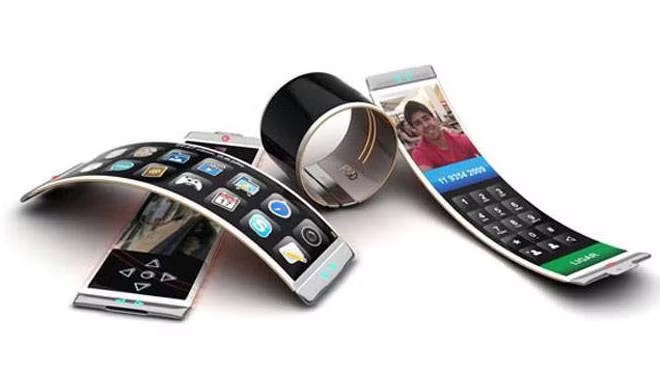Our phones are much more than merely communication devices – they now act as banking centres, assistants, movie and music players, motion sensors in the form of gyroscopes, torches, Bluetooth and more.
While SIM cards still give the impression of a relic from another age, Apple and Samsung are working to eliminate them from their devices, allowing network switching without the hassle of physical replacement.
Artificial Intelligence and Machine Learning
Artificial intelligence and machine learning has become an integral function of mobile phone technology. Besides creating better user experience, these technologies also help to improve the efficiency of a smartphone. For example, you can use artificial intelligence to collect user’s preferences and offer personalised contents and services on your mobile app.
Thanks to faster processing speeds and lower latency, AI-powered mobile phones are much more responsive than they used to be. In particular, the image and video camera features are generally able to automatically improve pictures and shoot better videos. Artificial intelligence-powered voice assistants further enhance the AI-powered experience by capturing natural language and providing more precise responses.
Generative artificial intelligence will likely soon lead the next round of innovation for smartphones. Tech giants across the globe are scrambling to adopt the new capabilities as part of their latest gadgets. This year, consumers will see a wave of new smartphones that can bring images to life, put photorealistic expressions on talking heads, and even inject a replacement face in pictures taken by strangers’ phone cameras.
Foldable Screens
Foldable screens have the ability to reshape the smartphone experience. On one hand, it offers consumers the best of both worlds: the small factor to fit into the pocket, and the tablet experience with its large display for multitasking and content viewing.
The goal of display makers over the past decade has been to create materials that bend without breaking, which finally culminated in the first mobile phones with curved displays that actually bend – a first step towards a new end goal of foldable displays to be completely bent flat again, opening up new form factors and ways of interacting with technology.
It’ll also be tricky to design a hinge that can take the stress of folding and not tear the screen, software will need to be tweaked for the different aspect ratio of folded and open screens, and lightweight materials will need to be found to make phones that can actually withstand bending thousands of times. All of these changes are necessary, or else the latest wave of foldable smartphones won’t live up to the hype.
5G Networks
With its blazing-fast data transmissions, almost-negligible latency and massive network capacity, 5G enables the next generation of wireless networks to deliver peak data speeds of tens of Gigabits per second and above, beating wireline network connections. These networks can support the world’s overwhelming daily influx of data, which currently approaches several hundred zettabytes per year.
This is made possible by the fact that 5G has smaller transmitters than previous mobile communications technologies such as 4G, combined with lower error rates, as well as having more bandwidth, lower physical footprint, longer range, and increased penetration into buildings.
Officially it’s still available only in some cities, but very soon it will be rolled out nationwide. Entrepreneurs such as Celona can help small businesses to start playing around with the technology, thanks to plug-and-play hardware and software templates that let any business build private 5G networks and connect them to existing WiFi systems in no time.
Wireless Networks
The workforce that underpins mobile phone technology is also undergoing a remarkable transformation due to advanced improvements in speed, capacity and reliability that can make instant messaging, Internet browsing, online gaming or GPS navigation on a smartphone possible.
The newest generation of cellular networks, such as 4G and 5G, would transmit data at a rate of thousands of megabits per second, almost a gigabyte per second. For those who remember the first-generation analogue networks, it is a huge improvement.
The backbone of corporate networking is wireless networks. Nowadays, the technology is both smarter and more powerful, which enables organizations to deploy and maintain wireless network more easily.
For example, it is possible to leverage the latest analytical equipment to identify the patters in network usage so that operators can make better decisions regarding their investments in capital. This means it is possible for companies to identify where and when the network suffers from overloads and, more importantly, which customers are being impacted. This in turn can help determine the highest levels of performance that do not provide diminishing returns in terms of customer satisfaction.

